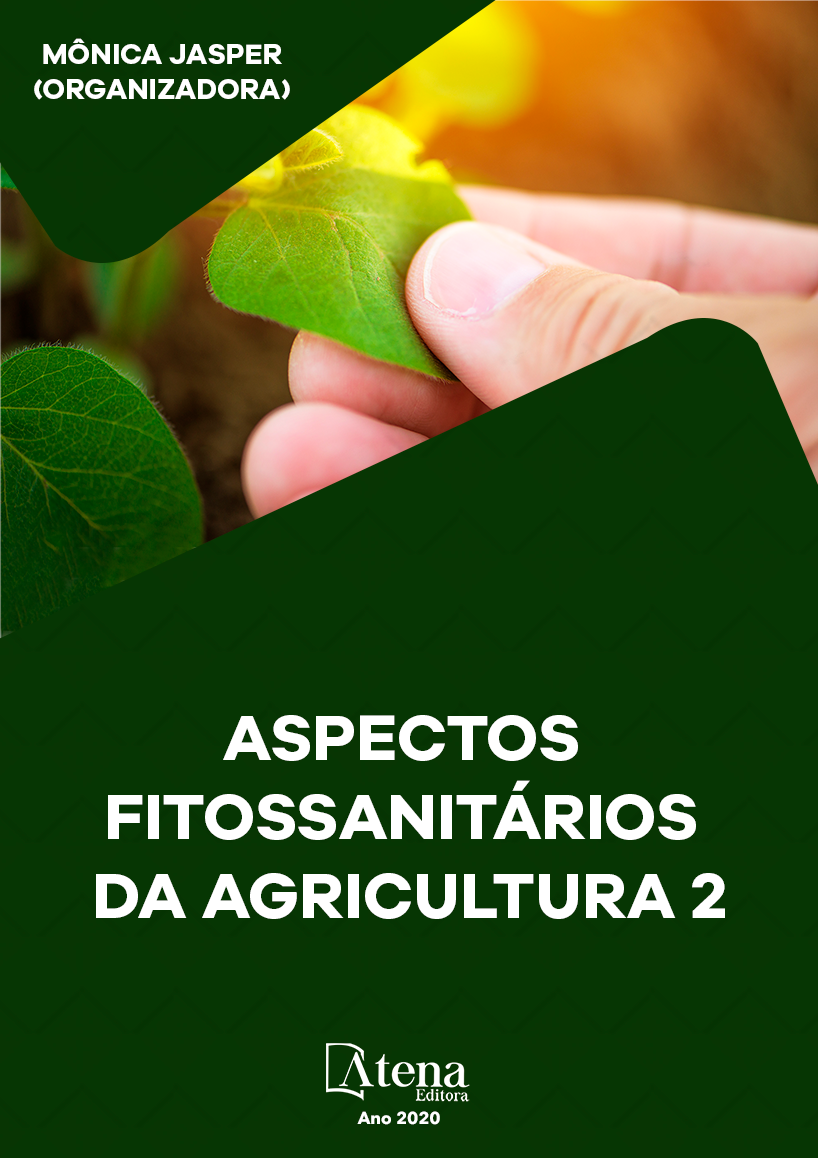
TRATAMENTO DE SEMENTES DE FEIJÃO PARA O CONTROLE DA ANTRACNOSE
A antracnose causada pelo fungo Colletotrichum lindemuthianum, ocorre na cultura do feijão, sendo disseminada principalmente por sementes podendo o inoculo estar presente tanto interna como externamente. Assim sendo, este trabalho tem por objetivo avaliar o desempenho de diferentes princípios ativos de fungicidas no tratamento de sementes de feijão para o controle da antracnose. O delineamento experimental foi o inteiramente casualizados, composto de 7 tratamentos e quatro repetições.Sendo os seguintes tratamentos: T1 (Carboxina +Tiram); T2 (Carbendazim); T3 (Carbendazim + Tiram); T4 (Difenoconazol); T5(Metalaxil-M + Tiabendazol + Fludioxonil + Tiametoxam); T6 (Piraclostrubina + Tiofanato Metilico + Fipronil); T7 (Testemunha). Foi realizado teste de germinação em estufa e em vasos.Foram avaliadas a quantidade de plantas germinadas 10 dias após a semeadura em vasos, e o teste de fitotoxicidade. O teste de germinação em estufa foi realizado com papel de germinação, e após dez dias foram realizadas as avaliações de incidência da antracnose no caulículo, massa fresca e massa seca. Avaliou-se a germinação de plântulas, ou seja, a contagem de plantas germinadas, e a incidência de antracnose nas raízes, cotilédones e caulículos.Foram obtidos resultados significativos nos dados de germinação em vasos, fitotoxicidade em plântulas, danos de antracnose nos caulículos, índice de danos de antracnose nos cotilédones e massa seca em função dos diferentes tratamento fúngicos de sementes. Contudo, o presente trabalho relata que, independente do tratamento de sementes utilizados, deve-se sempre prezar por sementes de qualidade e com certificação.
TRATAMENTO DE SEMENTES DE FEIJÃO PARA O CONTROLE DA ANTRACNOSE
-
DOI: 10.22533/at.ed.2612028041
-
Palavras-chave: Colletotrichum lindemuthianum. Sementes. Feijão.
-
Keywords: Colletotrichumlindemuthianum. Seeds. Bean.
-
Abstract:
The anthracnose caused by the fungus Colletotrichumlindemuthianum, occurs in the bean culture, being disseminated mainly by seeds and the inoculum can be present both internally and externally. Therefore, this work aims to evaluate the performance of different active principles of fungicides in the treatment of bean seeds for the control of anthracnose. The experimental design was the completely randomized, composed of 7 treatments and four replicates. The following treatments were: T1 (Carboxine + Tiram); T2 (Carbendazim); T3 (Carbendazim + Tiram); T4 (Difenoconazole); T5 (Metalaxyl-M + Thiabendazole + Fludioxonil + Thiamethoxam); T6 (Piraclostrubine + Methyl thiophanate + Fipronil); T7 (Witness). A germination test was carried out in greenhouse and in pots. The number of germinated plants 10 days after sowing in pots and the phytotoxicity test were evaluated. The greenhouse germination test was carried out with germination paper, and after ten days the anthracnose incidence were evaluated in the caulci, fresh mass and dry mass. The germination of seedlings was evaluated, that is, the germinated plant count , And the incidence of anthracnose in the roots, cotyledons and caulcells. Significant results were obtained in the germination data in pots, phytotoxicity in seedlings, anthracnose damages in the caulcells, anthracnose damage index in the cotyledons and dry mass in function of the different fungicidal treatments of seeds. However, the present study reports that, regardless of the treatment of seeds used, it should always be prized by quality and certified seeds.
-
Número de páginas: 13
- Kelwin Felipe Bonette
- Mônica Jasper


